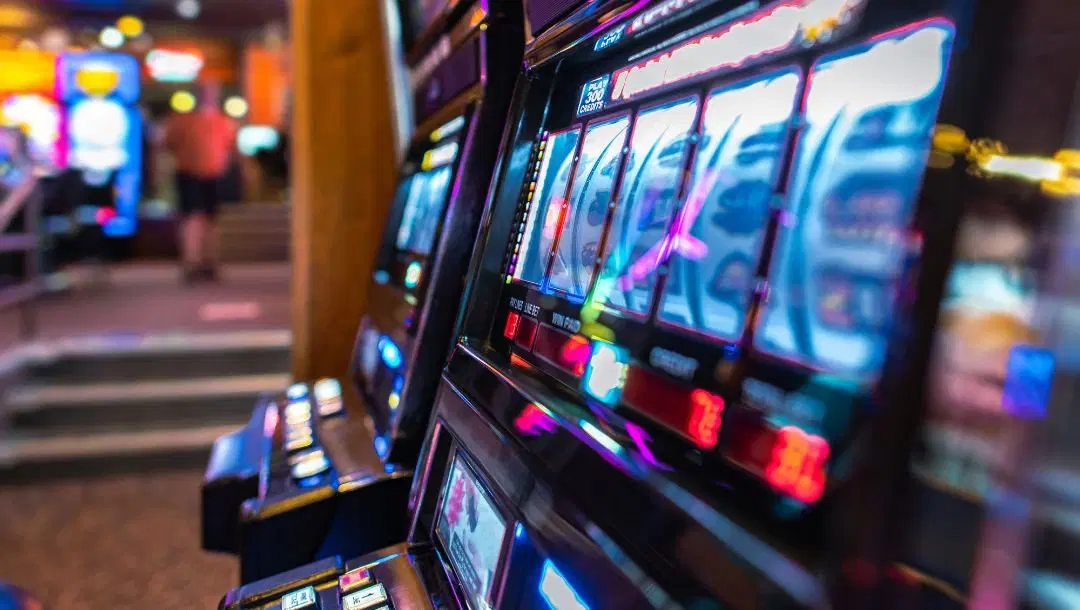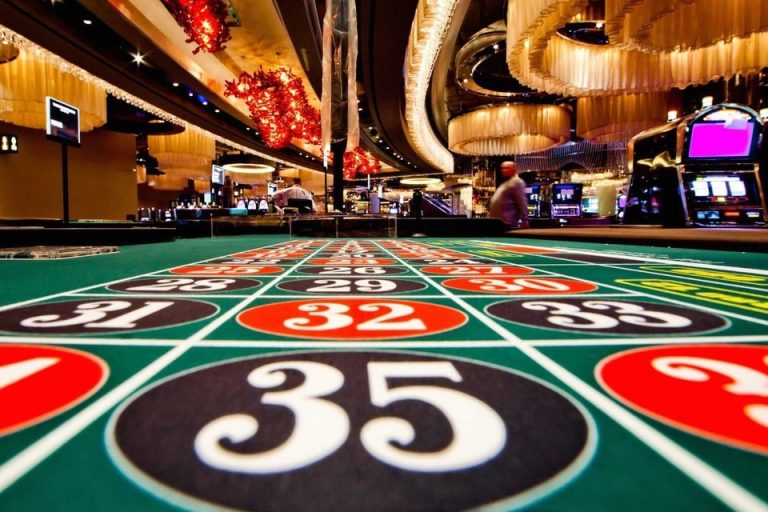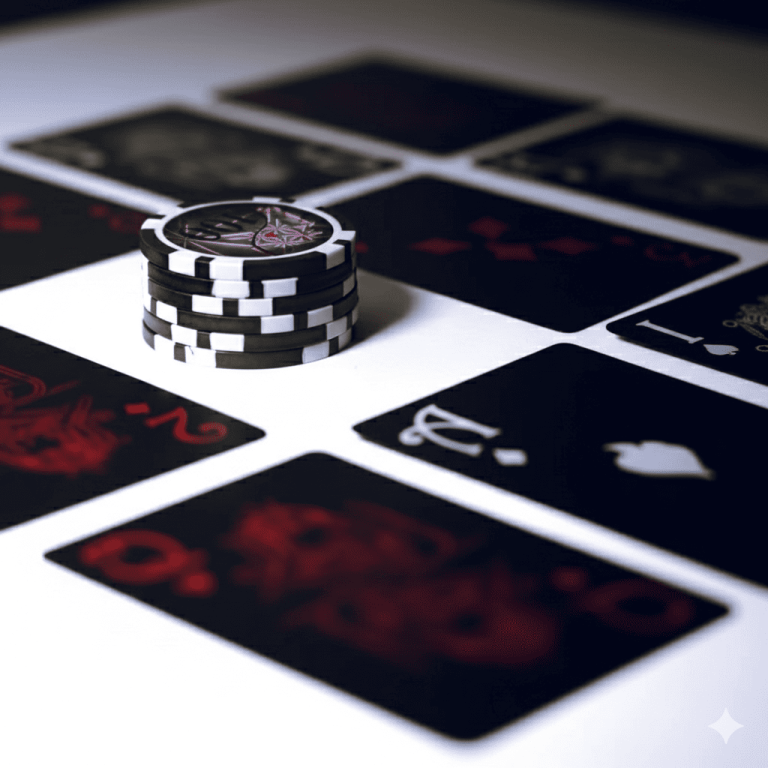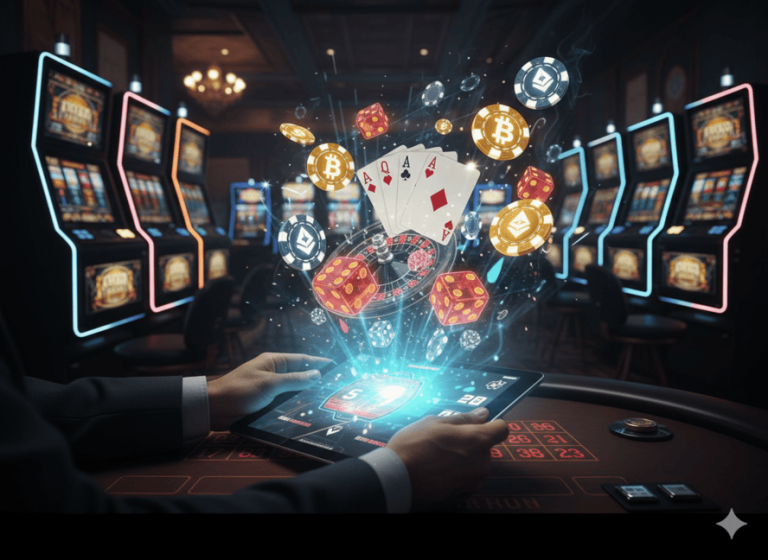Online slots are more than simple entertainment—they’re meticulously engineered experiences designed to captivate players. Leading platforms, such as sportunabet.gr, partner with skilled game developers who carefully incorporate emotional triggers within slot games. These emotional controls subtly encourage players to stay engaged longer, bet more frequently, and return regularly. But what exactly goes on behind the flashy graphics and captivating sound effects? This article delves deep into the hidden psychological techniques slot developers employ, revealing precisely how they influence your emotions and gameplay decisions.
Understanding Emotional Design in Slot Games
Every slot machine you encounter online is the result of extensive research in human psychology. Game developers aren’t simply designing games—they’re crafting emotional journeys. Understanding this concept helps explain why certain slots keep you hooked for hours, while others quickly lose your interest.
The Psychology Behind Slot Machines
Slot games rely heavily on a psychological principle known as operant conditioning—rewarding certain behaviors to encourage repetition. Developers strategically use audiovisual elements and gameplay mechanics to reinforce these behaviors.
Key psychological methods used:
- Variable Rewards: Randomized wins create uncertainty and anticipation.
- Near-Misses: Carefully programmed near-miss scenarios provoke excitement and frustration, motivating another spin.
- Sensory Stimulation: Vivid graphics, sounds, and animations heighten emotions and engagement.
The Power of Visual Stimulation
Humans are inherently visual creatures. Slot developers leverage this by designing vibrant and appealing visual content, drawing the player’s attention and sustaining it through strategic visual techniques.
Color Psychology in Slots
Color plays a crucial role in emotional manipulation. Developers select specific colors that resonate subconsciously with players:
- Red: Evokes excitement, urgency, and passion.
- Gold/Yellow: Associated with luxury, wealth, and winning.
- Blue: Creates trust and calmness, balancing emotional reactions.
Symbol Design and Emotional Attachment
Symbols in slots aren’t random; they’re carefully selected to resonate emotionally:
- Fruit symbols remind players of classic nostalgia.
- Gemstones represent wealth and luxury.
- Cultural symbols target specific emotional and regional attachments.
Audio Manipulation: Sounds That Drive Emotions
Sound is perhaps the most underestimated yet powerful emotional manipulator in slot design. Developers harness sounds meticulously to guide emotional responses at critical gameplay moments.
Rewarding Sounds and Dopamine Release
Every win in a slot game triggers specific auditory feedback, carefully engineered to produce dopamine—known as the “feel-good hormone.” This reinforcement encourages further gameplay:
- Bells and chimes are classic rewarding sounds.
- Rising pitch tones create anticipation.
- Celebratory jingles boost excitement after wins.
Background Music and Mood Regulation
Slot developers utilize background music to shape the player’s emotional state:
- Slow-tempo music relaxes players, increasing playtime duration.
- Upbeat tracks maintain energy and excitement.
- Thematic music immerses players fully into the game’s narrative.
Game Mechanics and Emotional Engagement
Beyond audiovisual elements, slot developers masterfully manipulate game mechanics to drive emotional engagement.
Volatility: Thrill vs. Security
Game volatility refers to how frequently and how much a slot pays out. It deeply influences player emotions:
- High-volatility slots: Rare but large payouts, triggering intense emotional highs and lows.
- Low-volatility slots: Frequent, smaller wins provide a sense of security, stability, and ongoing satisfaction.
Bonus Features: Creating Emotional Peaks
Bonus rounds are specifically designed to produce heightened emotional experiences:
- Free Spins: Instant gratification and anticipation of big wins.
- Interactive Bonuses: Player engagement and control enhance the emotional connection.
- Multipliers and Progressive Jackpots: Build intense excitement and anticipation.
Near-Miss Effect: Manipulating Frustration and Desire
The near-miss effect occurs when a player nearly wins—missing by one symbol. Although no payout is awarded, the emotional experience closely mimics winning, fueling desire to try again immediately.
Psychological Impact of Near-Misses
- Near-misses activate brain regions associated with rewards.
- They heighten frustration and excitement, increasing motivation to continue playing.
- Slots are often programmed specifically to maximize near-miss frequency.
Personalization Through AI and Emotion Tracking
Slot developers increasingly utilize Artificial Intelligence (AI) to personalize emotional experiences, tracking and adjusting in real-time based on player behavior.
Adaptive Gameplay Experiences
Modern slot games adjust their difficulty and reward frequency to maintain emotional engagement:
- AI recognizes frustration and adjusts gameplay accordingly.
- Games offer personalized rewards or bonuses at optimal emotional moments.
- Developers gather data to predict and trigger desirable emotional states.
Case Studies: Successful Emotional Slot Designs
Understanding these techniques is easier when examining successful examples from real-world slot games.
Mega Moolah: Emotion Through Anticipation
Mega Moolah leverages massive progressive jackpots to sustain emotional anticipation. Frequent stories of life-changing wins create powerful emotional narratives, encouraging continued play.
Gonzo’s Quest: Immersive Adventure and Emotion
Gonzo’s Quest combines immersive audiovisual effects with innovative mechanics like cascading reels, which consistently provoke curiosity and surprise.
Emotional Triggers and Responsible Gambling
While emotional manipulation is standard practice in slots design, ethical developers, balance it with responsible gambling measures.
Responsible Design Practices:
- Clearly indicating game volatility to inform player choices.
- Allowing easy access to responsible gambling tools.
- Avoiding aggressive emotional triggers that may encourage problematic gambling behavior.
Industry Secrets Revealed by Slot Developers
Interviews with developers provide unique insights into emotional manipulation strategies:
Developer Insights:
- Emotional storytelling significantly boosts player retention.
- Subtle animations after small wins boost player satisfaction.
- Careful balance of winning frequency and reward size ensures sustained engagement.
Player Psychology: How You Can Recognize and Respond to Emotional Triggers
Awareness of how slot games manipulate emotions empowers players to make informed decisions.
Strategies for Players:
- Recognize emotional triggers like near-misses or heightened excitement.
- Set strict time and budget limits to counter emotional decisions.
- Choose slots with lower volatility if emotional stress becomes excessive.
Future Trends in Emotional Slot Design
The future promises even more sophisticated emotional manipulation:
Upcoming Trends:
- Virtual Reality Slots: Immersive environments intensifying emotional connection.
- Emotion Tracking Technology: Real-time biometric feedback shaping slot dynamics.
- Enhanced Personalization: AI-driven slot experiences tailored to individual emotional profiles.
Ethical Considerations: Where Should Developers Draw the Line?
With increasing sophistication in emotional manipulation, ethical boundaries become crucial.
Balancing Engagement and Ethics:
- Transparent communication regarding game mechanics and odds.
- Designing emotional triggers that enhance enjoyment without exploiting vulnerable players.
- Collaborating with responsible gambling organizations to ensure ethical standards.










+ There are no comments
Add yours